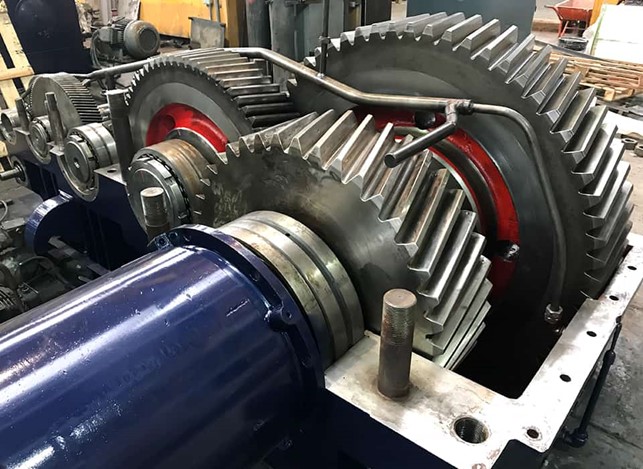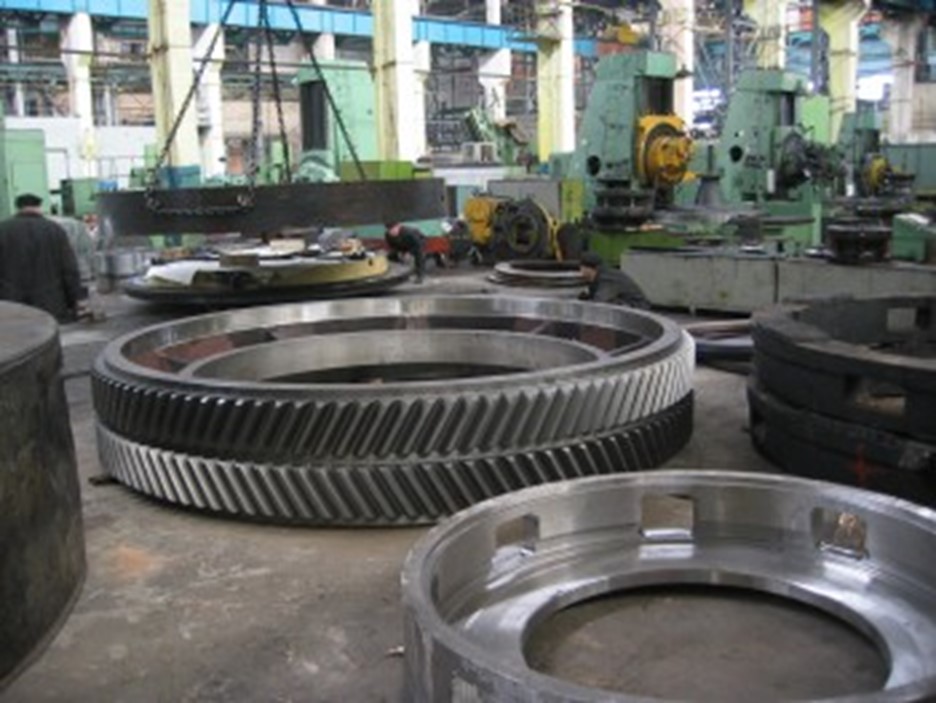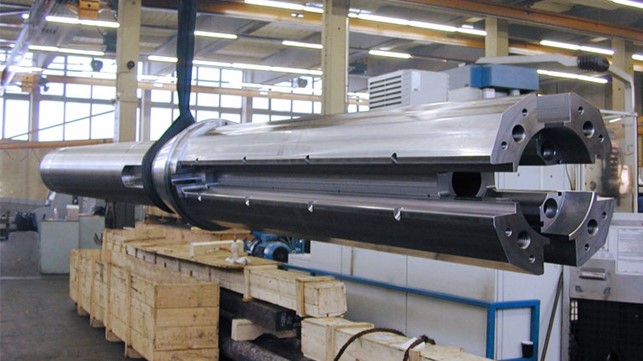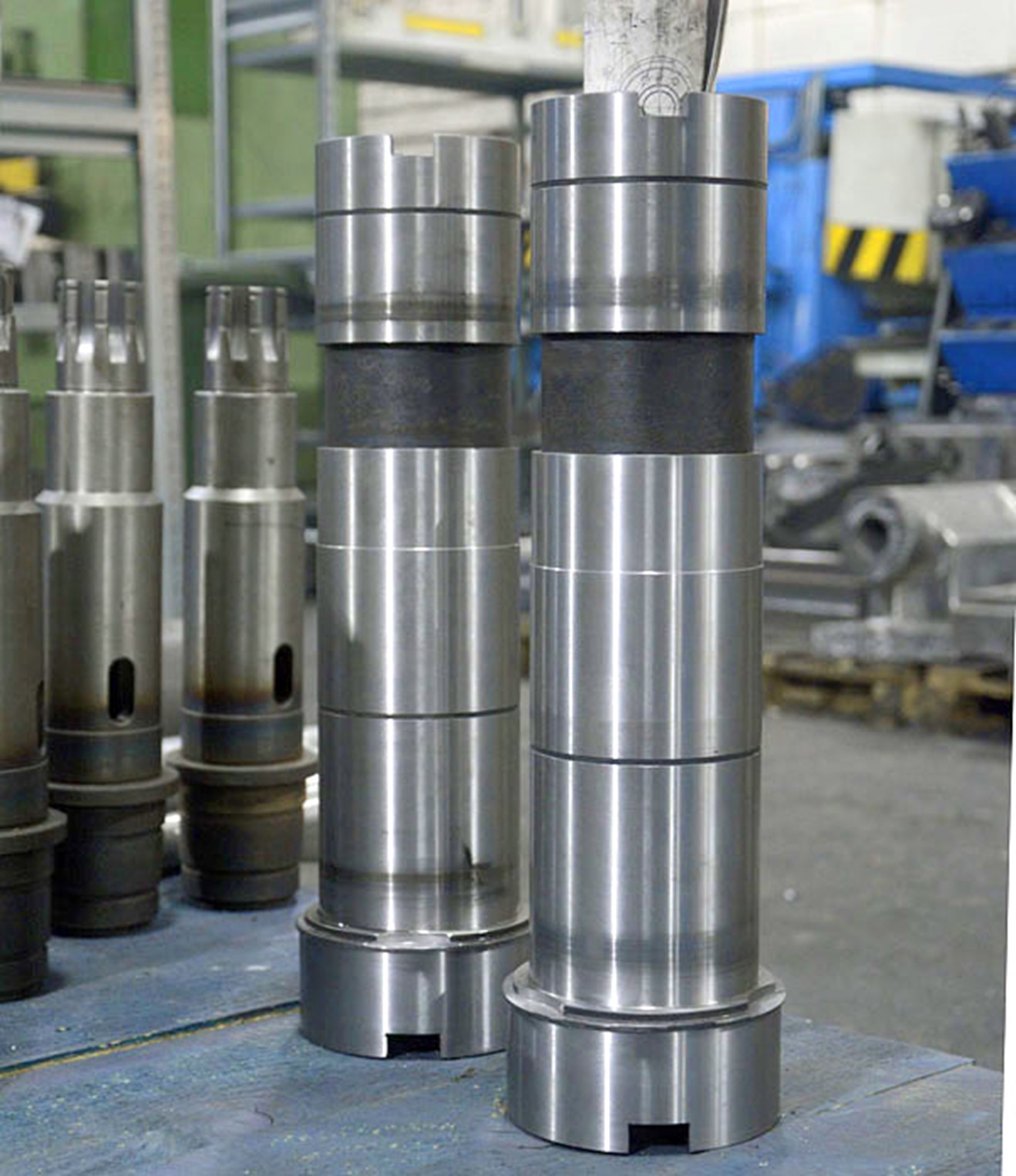Actuators and drive parts

Gear
Appointment
Gears are used to transmit rotational motion and to change the speed or torque between shafts in mechanical systems.
Principle of work
The gears transmit movement by connecting the teeth of one gear to the teeth of the other, ensuring synchronization and accuracy of torque transmission.
Gear type
Straight Tooth Gears:
Description: The teeth are arranged parallel to the gear axis.
Application: Simple mechanisms where simplicity and economy are important.
Oblique gears:
Description: The teeth are located at an angle to the gear axis.
Advantages: Smooth and quiet operation, high load capacity.
Conical gears:
Description: The teeth are located on cone-shaped surfaces designed to transmit movement between intersecting shafts.
Application: Angular gears such as vehicle differentials.
Worm gears:
Description: Composed of a worm and a worm wheel, providing a right angle of motion transmission.
Advantages: High transmission ratio, self-braking capability.
Chevron gears:
Description: Teeth in the shape of the letter V, which reduces axial loads.
Advantages: Smooth operation and high reliability.

Materials
Metals: Steel, cast iron, bronze.
Polymers: Nylon, polyurethane for light and quiet mechanisms.
Composites: Lightweight and corrosion resistant materials for specific applications.
Advantages
Efficiency: High transmission efficiency with minimal loss.
Reliability: Able to withstand heavy loads and ensure the longevity of the mechanisms.
Precision: Provide accurate speed ratio and motion control.
Gears are widely used in mechanical engineering, automotive, industrial equipment, household appliances and other fields where reliable mechanical energy transmission is required.
Gears are essential elements for torque and rotational motion transmission in various mechanical systems. Their variety allows them to be used in a variety of areas, providing high efficiency and reliability of work.

Spindles
Appointment
Spindles are axles or shafts used to support and rotate tools or blanks in various mechanical and machine-tool systems.
Principle of work
The spindle rotates around its axis, which transmits the rotational motion to a tool or blank for processing operations such as drilling, milling, grinding, etc.
Spindle type
Machine Spindles:
Used in machines for processing metal and other materials.
Grinding spindles:
Used in grinding machines for precise surface treatment.
Milling spindles:
Used in milling machines for processing various materials by milling.
Electrospindles:
They are based on electric drive and are widely used in precision machines and equipment.
Multi-shaft spindles:
They provide the possibility of processing several parts simultaneously on one machine.

Materials
Metals: Steel, alloys, aluminum.
Ceramic: Used for spindles operating at high temperatures or in aggressive environments.
Advantages
High Precision: Provide precision machining parts.
Efficiency: Allow to significantly increase hardware performance.
Reliability: Withstand high loads and long-term operation.
Spindles are used in various industries including manufacturing, metal working, woodworking, machine tools, electronics and medical equipment.
Spindles are key components in mechanical systems and machines, providing rotation and transmission of mechanical energy for various processing and production operations. Their variety of types and materials allows you to choose the optimal solution for specific technological tasks.